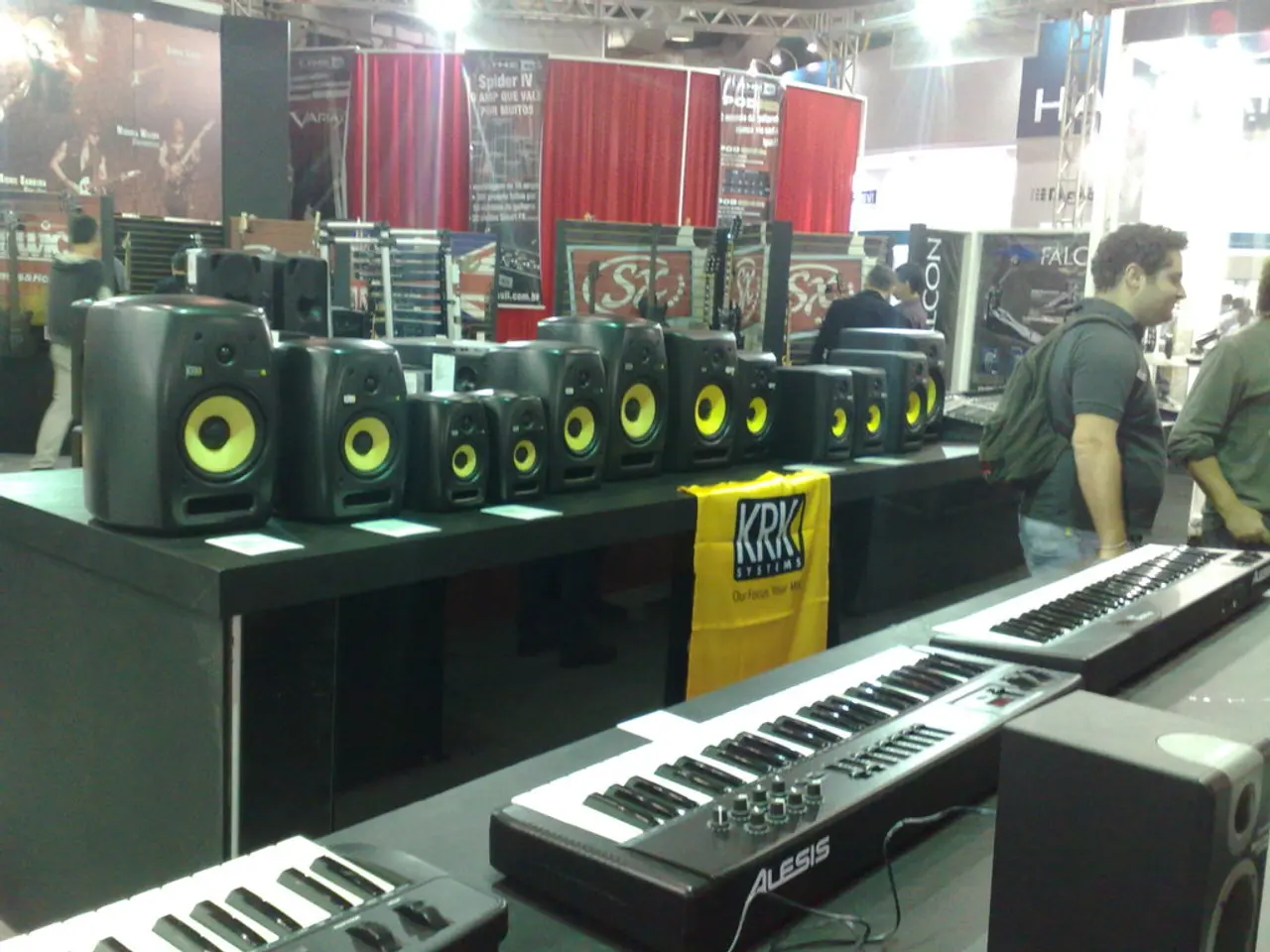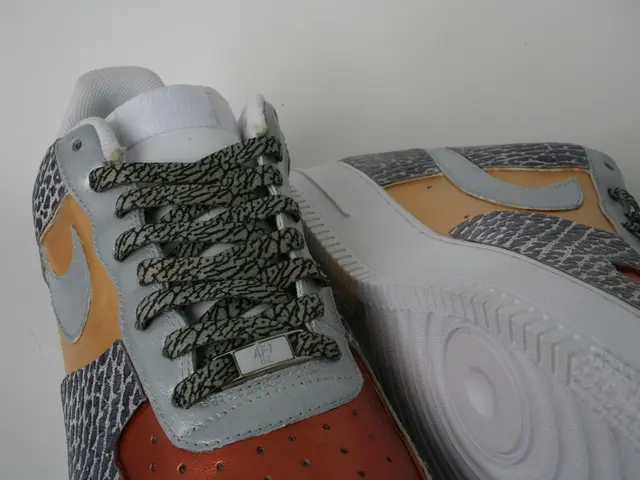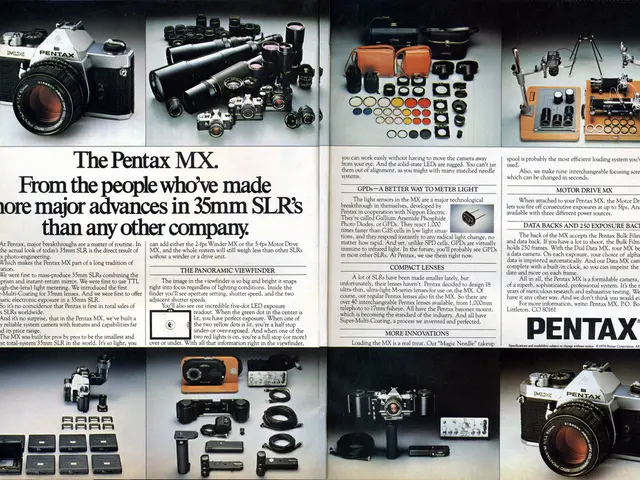Howard Hughes Allegedly Purchased Silver Slipper Casino to Turn Off Its Neon Light
In the world of Las Vegas lore, few stories are as enduring as that of Howard Hughes and his alleged purchase of the Silver Slipper casino hotel. However, according to Paul Winn, Hughes' director of corporate records from 1957 through Hughes' death in 1976, many of these stories are nothing more than myths.
The Silver Slipper, with its iconic rotating high heel sign designed by Jack Larsen Sr., a former Disney animator, was indeed purchased by Hughes in 1968. But contrary to popular belief, Hughes did not make the acquisition for any specific reason. As Winn attests, the stories about Hughes buying the Silver Slipper due to a bright light interfering with his sleep, or because of a photographer capturing him from the shoe's toe, are complete nonsense.
The myth about Hughes ordering concrete to be poured into the rotation mechanism of the sign to jam it is also unfounded, according to the Neon Museum. The sign, which boasted 900 incandescent lightbulbs on the shoe and 80 on the bow, stopped rotating due to a broken mechanism, not Hughes' interference.
The Silver Slipper's high heel sign, a symbol of Las Vegas' vibrant past, was restored in 2009 and installed along Las Vegas Boulevard North. Meanwhile, the slipper and its sign were salvaged and retired to the Neon Museum's collection.
The Silver Slipper was sold in 1988 to hotelier Margaret Elardi for $70 million, who demolished the resort and turned it into a parking lot for the Frontier, which she also owned. The dates provided in the myth about Hughes buying the Silver Slipper are incorrect, as his buying spree began in March 1967, and he didn't purchase the Silver Slipper until April 30, 1968.
The Las Vegas Review-Journal gossip columnist Earl Wilson wrote about the myth on April 21, 1967. However, the erroneous report that sparked the myth was later retracted. Winn, who was a corporate officer of the Silver Slipper, debunked many of these myths during his tenure with Hughes.
Despite Hughes' attempts, President Lyndon Johnson was unable to stop the regular underground explosions at the nearby Nevada Test Site. The fear of nuclear fallout, combined with his mental illness, sunlight, germs, prying eyes, and a fear of pollution, led Hughes to keep his curtains drawn 24/7 in his suite at the Desert Inn.
In conclusion, while the Silver Slipper's story is undoubtedly captivating, it's essential to separate fact from fiction. The truth about Hughes' purchase of the Silver Slipper is far less dramatic but no less significant in the history of Las Vegas.








